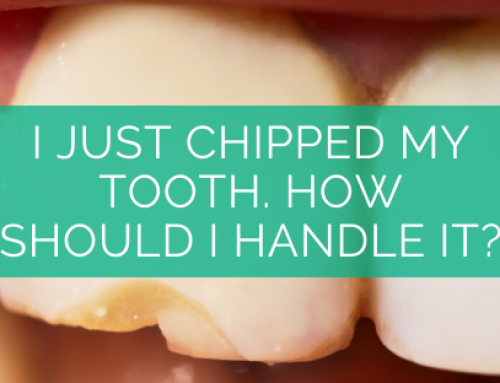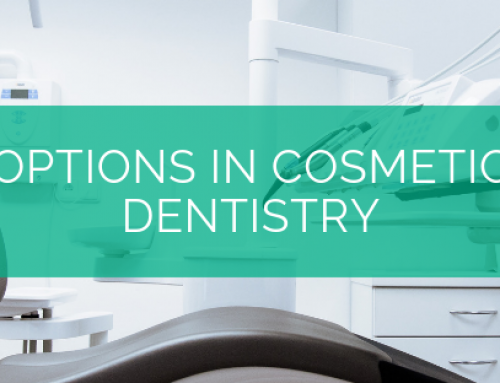This is the continuation of our series of articles on the subject of cosmetic dentistry. Click here to read our previous blog.
Bonding
Dental bonding uses a resilient plastic resin substance that is employed to fix problems such as cavities, gap teeth, exposed roots, chips or cracks, and any other aesthetic purposes. After the material has been color-matched to the patients’ teeth, the dental practitioner may apply a conditioning liquid on the teeth that are being repaired. At that point, the resin is fixed to the teeth and constructed to produce the preferred appearance. A hardening light is used on the resin, and then it is trimmed and polished so that the resin is flush with the patient’s original tooth.
Bonding is a pretty simple process that typically takes about a half hour to an hour to complete. In addition, dissimilar to crowns and veneers, the bonding material will not need to be sent to a laboratory, making it a less expensive cosmetic dental process for patients. Sadly, the bonding ingredient is not as firm as veneers or crowns, and the person must be careful as the bonding component may break and become damaged.
Inlays and Onlays
Possible alternatives to dental crowns are inlays and onlays, which are types of fillings. Known also as indirect fillings, inlays and onlays are designed for teeth with damage or rot, and they are regularly composed of composite materials, porcelain, and sometimes even gold. The American Dental Association states that gold inlays are the most long-lasting (and pricey) type of dental filling. Gold inlays can last over 20 years with good dental hygiene.
An inlay is an indirect filling which is made to fill the dips in the middle of the tooth. After the patient has been numbed, the dentist eliminates the tooth decay. Similar to veneers and crowns, the dentist will then design an impression of the area and send it away to a dental lab where the inlay will be made. Generally, the inlays will be made from composite resin or porcelain and will fit the shape of the individual’s natural teeth.
Should the damage to a tooth be located at the tip, an onlay could be chosen to rectify the problem. The procedure is almost identical to that of an inlay. The dentist cleans the affected section of the tooth and creates a mold that is shipped out to the laboratory. Then, a provisional onlay is matched with the tooth until the long-term one arrives.
This series on cosmetic dentistry will conclude in the next blog post, so visit again. In the meantime, you can schedule an appointment with us by clicking here, and you can also visit us on social media.



